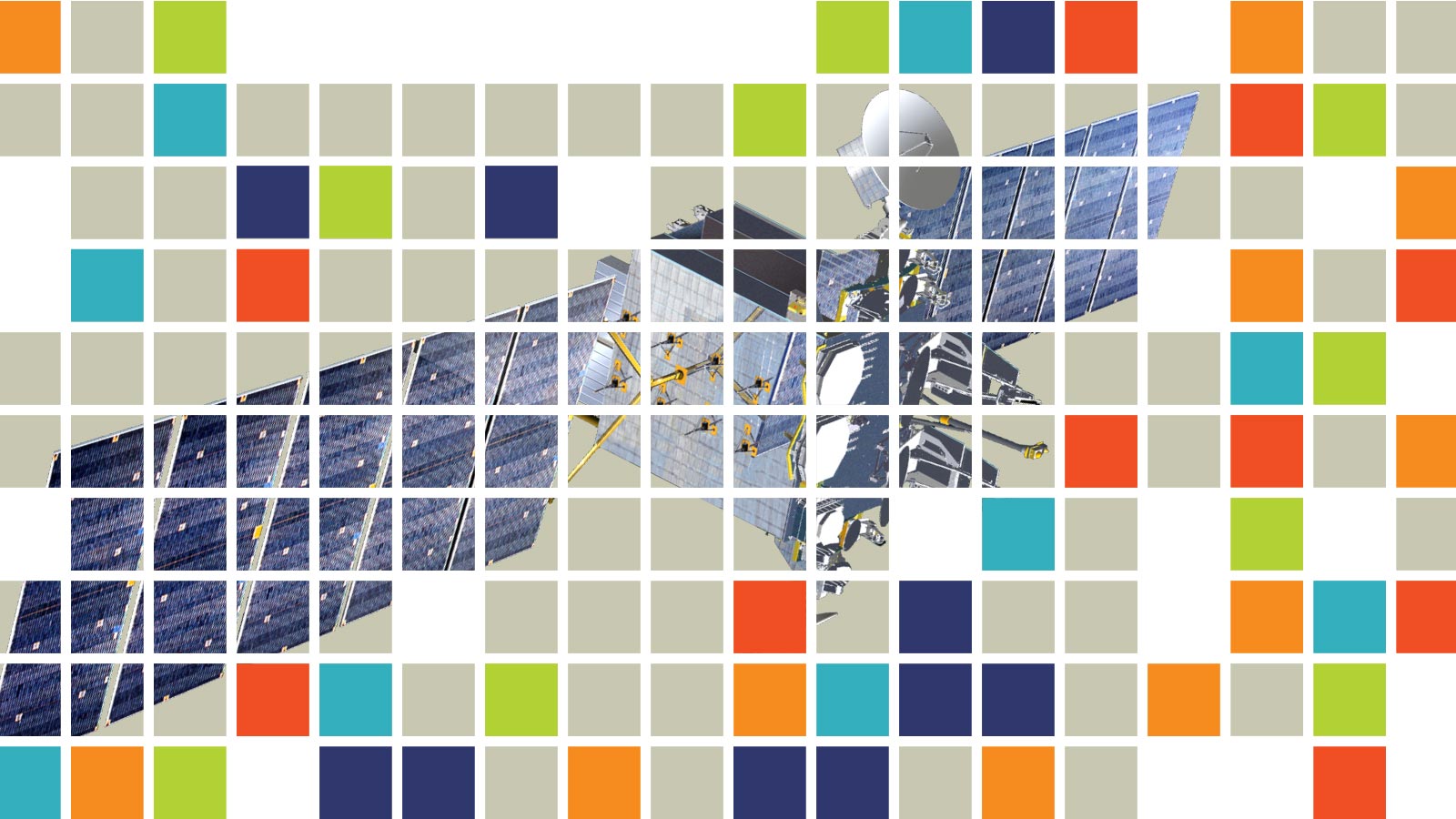Measure twice, cut once on space matters
By Ben Iannotta|April 2017
When it comes to space policy, I’m relieved that change in Washington, D.C., never comes easily, no matter who is president.
Consider the Space Launch System rocket and Orion crew capsule. The frustration that many felt over the slow development of those vehicles during the Obama administration can’t be overcome by rushing to get a crew aboard. Former astronaut Tom Jones, in “Fly when it’s safe,” cautions readers not to make too much of historical anecdotes like the first space shuttle mission, STS-1, as tempting as that might be.
In the case of SLS, the human stakes of that decision are apparent. The crew will be right there in front of us, and we all have vivid memories or knowledge of the Columbia, Challenger and Apollo 1 disasters and how those incidents jolted the nation.
As important as it is to get human spaceflight right, the quality of life, and in some cases life and limb, are at stake for more people in other space-policy areas.
Consider the arguments over which agency — NASA or NOAA — should manage Earth science programs. This sounds like an inside-the-Beltway, bureaucratic dilemma, but the stakes could not be more human. The only way out of today’s bipolar political debate between climate-change believers and deniers will be to keep gathering scientific data in the most levelheaded and cost-effective manner. For those who aren’t fans of Earth science, it looks like the strategy might be to gradually shift responsibility to NOAA, and then cut the agency’s budget, forcing a choice between forecasting hurricanes today or what the climate might do decades from now. We know how that choice would turn out.
Keeping Earth science in its full context also will be helpful. As Europe’s Josef Aschbacher points out in this month’s Q & A, watching Earth from orbit is necessary for effective disaster response, water management and agricultural policy, to name a few areas.
Then there’s the question of whether the U.S. should disaggregate and distribute its future military communications payloads and sensing technology across more satellites as a resiliency measure. The Trump administration is likely to discover, if it hasn’t yet, that this is an area with a long history of discussion and not much action. Resilience in space is a pressing matter, judging by the timeline accompanying our cover story, “Disaggregation,” which shows some suspicious actions in space by the leading powers. If the Trump administration is looking for a place to make a big difference fast, the debate over disaggregation, distribution, and next-generation military and intelligence satellites might be a place to start.








